By: Jonah Boyd
Brands are involved in every aspect of our daily life. From the clothes we decided to wear to the food we choose to consume, the image consumers have of brands plays a huge role in whether or not they decide to support the brand. For many consumers, their top priority is making sure the brand they support abides by ethical principles. But, what exactly makes an ethical brand, and how can you ensure that your brand’s image is ethical?
For starters, let’s define what ethics means in terms of brand identity. An ethical brand is one which may have Ethical certification, is transparent in its work, fair to its employees and honest in the messages they convey to the public. So, an ethical brand is essentially a brand that not only cares for human lives but also nature and its elements. That said, since ethical brands have the potential to be the benchmark for other brands, many consumers want ethical brands to develop a strong voice around important topics such as racial inequality, women’s rights and public health.
But, what does this all mean for your brand? Below I’ll outline a few ways brands can use their influence ethically and positively to start and further important conversations.
- Be authentic
Authenticity is the most important thing when considering how to use your brand’s influence. If you decide to comment on a trending issue you first need to sit down and evaluate how your brand as a whole aligns with the issue you decide to comment on. If your brand is a well-known sports team in the amateur or professional sector, for example, it would make sense to issue a statement on the passing of a beloved sports figure. However, if you represent a brand that exists within the food and beverage industry and you try to make a witty post about a beloved sports figure you may face some backlash. It can feel tempting to comment on every single issue that is happening in the world, but some of the most strategic ways to use your brand’s influence is to know when to talk and when to simply listen.
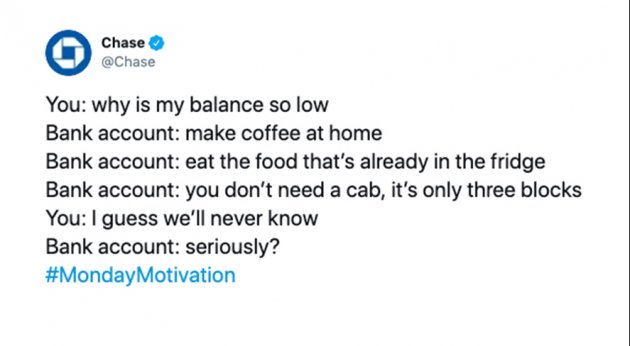
- Understand the consequences
This next step is critical for all brands to pay attention to. When you’re drafting a statement on any sort of hot topic issue you need to really think about the worst possible outcome of your comments. A few important questions to ask yourself might be: Are we qualified to talk about this? Does this statement align with our past actions? Can this statement be taken in the wrong way? What might be the worst reaction to this statement? Is this urgent to post? How might someone with different perspectives than mine view this statement? Is this a genuine statement or are we doing this just for show? With these questions at the forefront of your mind, you can make a better more informed decision when speaking on behalf of your brand.
- Take Responsibility
Nobody is perfect and that includes brands. There will come a time when the brand you represent makes a mistake, says the wrong thing or otherwise proves their imperfection. The truth is no one expects you as a brand to be perfect 100% of the time. It would be ideal, certainly. It would fill us with a warm and happy feeling if the brands we looked up to always made the right decisions and had no faults. But, that is not the reality of the world we live in. If you find yourself amid a nightmare emergency because of a mistake your brand made the first thing you need to do is take a deep breath. Relax. Everyone makes mistakes and reacting immediately out of guilt or shame won’t be as effective, won’t seem as genuine and will ultimately backfire. Take time to reflect on why your brand is facing backlash and then do a bit of research and educate yourself and others within your brand on why the backlash is happening. If we’re able to understand one another better we can build more effective brands and tell more compelling stories. When you’ve done this initial work take the time to craft a powerful and honest apology. Outline why what you did was hurtful, state the steps your brand is taking to change and really own up to your missteps. Most importantly, do not try to minimize your mistake. By using phrases like, “we did not intend,” “we had good intentions,” or “we’re disappointed in how our message was received,” you’re showing consumers that you as a brand are not able to own up to your mistakes. Be very careful when choosing the wording for an apology and prioritize owning up to your mistake rather than saving face. No one is perfect, certainly not brands, but through every trial we face we learn invaluable things about ourselves and those around us if we accept the mistake for what it was.
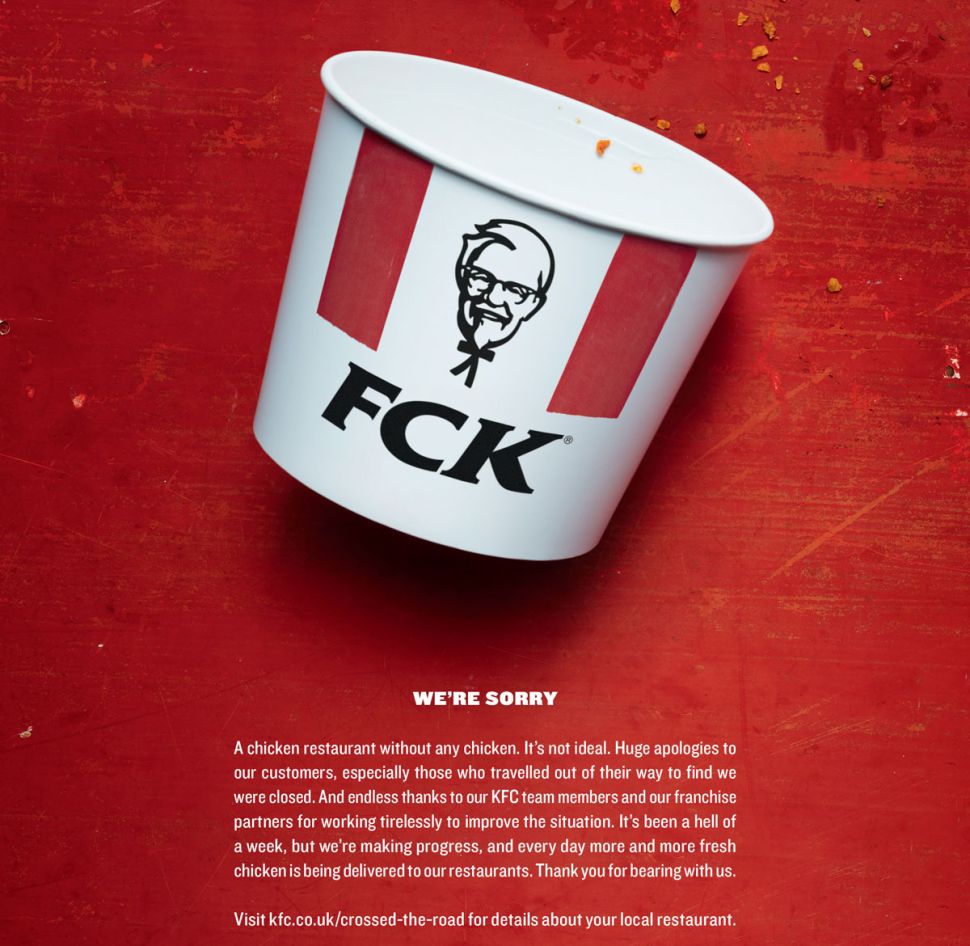

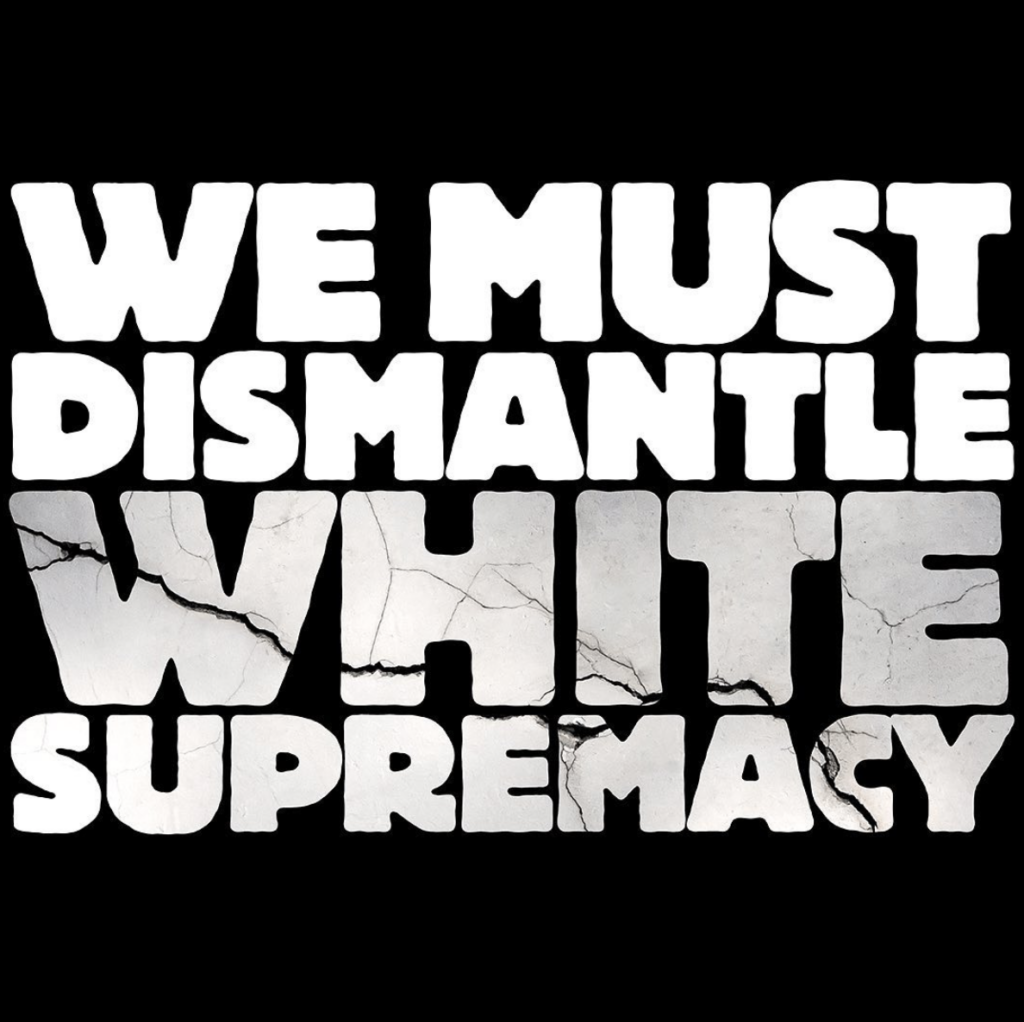
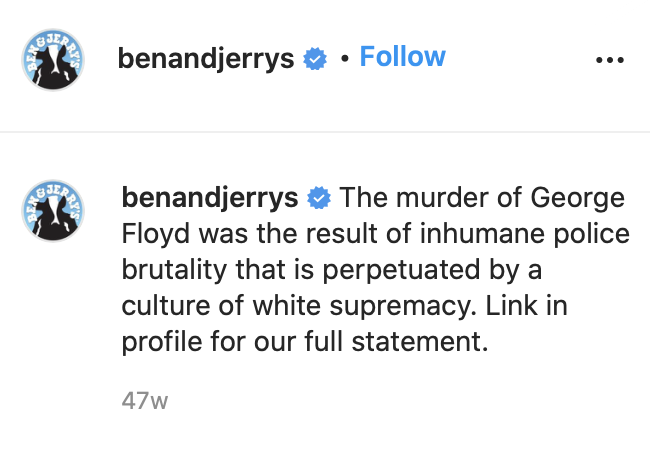
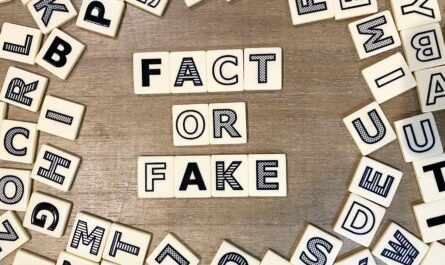
This was a nice and brief read, straight to the point. I like it. However, you seemed to rely on examples given in class too heavily. Yes, it is nice to see those examples show up, but show us something more. I want to see good examples of brands, I now know what not to do, but what should I do? Keep up the good work, your writing flowed very well.
I liked how you used a couple of examples from this weeks lesson, but of course it would be amazing to see other examples. Your call to action could a lot more direct as well. Other than that, I loved the length and tone of this post! Great job.
I think you did a good job of choosing three specific tips for brands to influence ethically. I like that it was to the point and I think you chose great examples. Nice work!
Jonah, this is a great post! I feel like Ben and Jerry’s is such a great example of brand identity and execution on so many different levels. Loved your section about authenticity. It’s so easy nowadays to tell which corporations are putting on an act and who is staying true to their ethos.
Hi Jonah! Nice post! I think many brands struggle to take responsibility when they are in the wrong. Even though they may release apology statements and whatnot, I think most of it is performative. I think brands need to start taking more responsibility and proving it through actions.